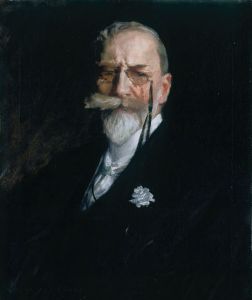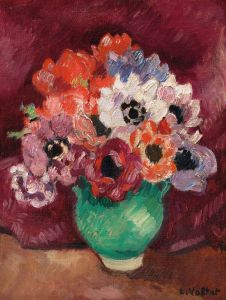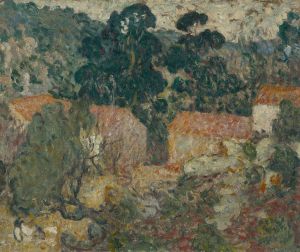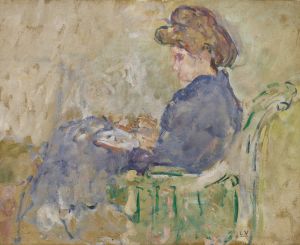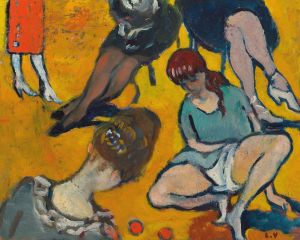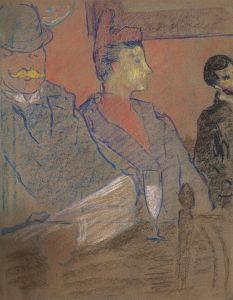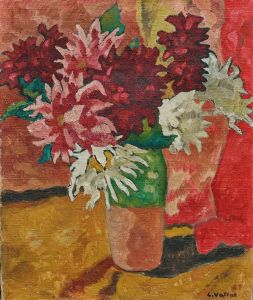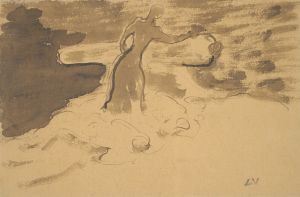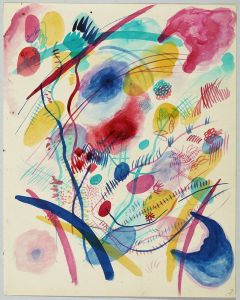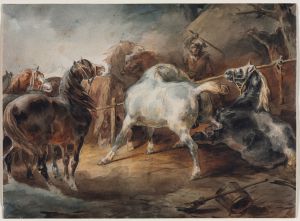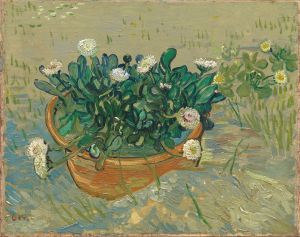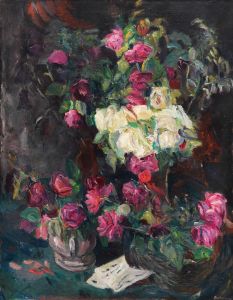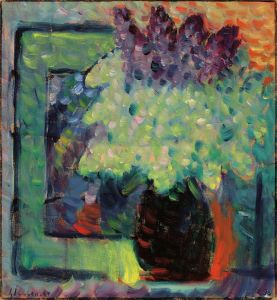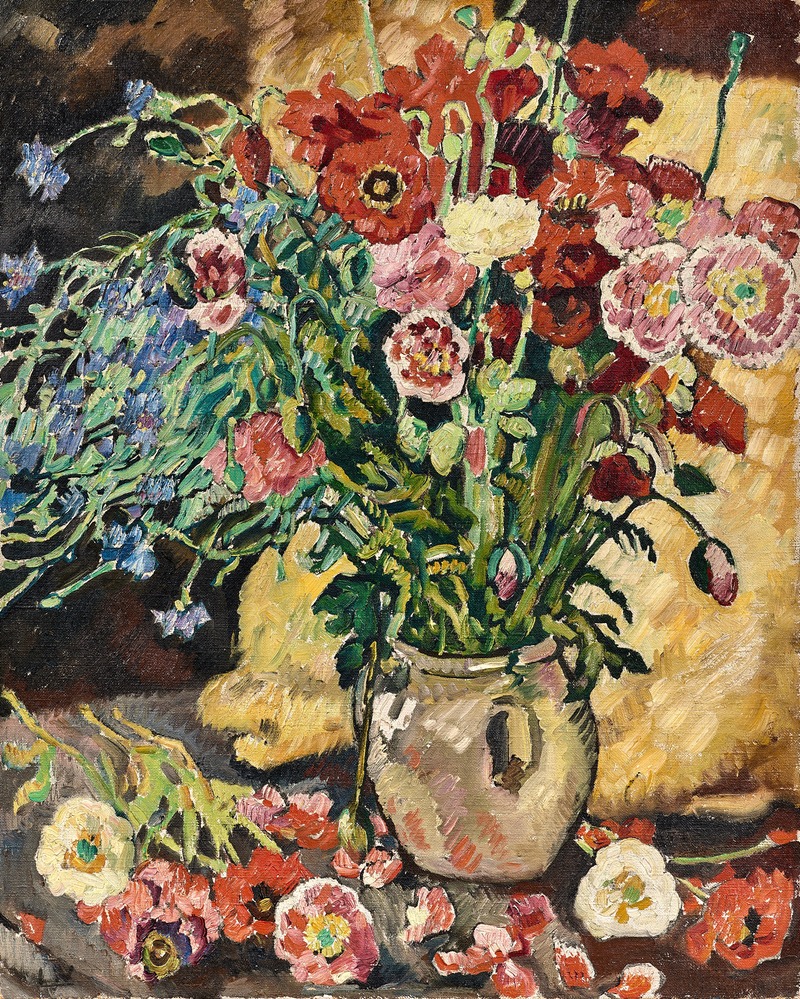
Bouquet de pavots
A hand-painted replica of Louis Valtat’s masterpiece Bouquet de pavots, meticulously crafted by professional artists to capture the true essence of the original. Each piece is created with museum-quality canvas and rare mineral pigments, carefully painted by experienced artists with delicate brushstrokes and rich, layered colors to perfectly recreate the texture of the original artwork. Unlike machine-printed reproductions, this hand-painted version brings the painting to life, infused with the artist’s emotions and skill in every stroke. Whether for personal collection or home decoration, it instantly elevates the artistic atmosphere of any space.
Louis Valtat was a French painter and printmaker associated with the Post-Impressionist movement. He was born on August 8, 1869, in Dieppe, France, and he passed away on January 2, 1952, in Paris. Valtat is known for his vibrant use of color and his contributions to the Fauvist movement, although he was not as prominently recognized as some of his contemporaries like Henri Matisse or André Derain.
One of Valtat's notable works is "Bouquet de pavots" (Bouquet of Poppies). This painting exemplifies his style, characterized by bold colors and expressive brushwork. Valtat often drew inspiration from nature, and flowers were a recurring subject in his work. "Bouquet de pavots" captures the vividness and vitality of poppies, showcasing Valtat's ability to convey emotion and movement through color and form.
Valtat studied at the École des Beaux-Arts and the Académie Julian in Paris, where he was influenced by the Impressionists and the burgeoning Post-Impressionist movement. His early works were marked by a more subdued palette, but as he developed his style, he began to experiment with brighter colors and more dynamic compositions. This evolution in his work is evident in "Bouquet de pavots," where the use of intense reds and oranges creates a sense of energy and life.
Throughout his career, Valtat exhibited his works in various salons and galleries, gaining recognition for his unique approach to color and form. He was part of the 1905 Salon d'Automne, where the term "Fauvism" was coined to describe the works of artists who used color in radical new ways. Although Valtat is sometimes associated with the Fauves, his work maintained a distinct individuality that set him apart from the core group.
Valtat's contribution to modern art lies in his exploration of color as a means of expression. His paintings often evoke a sense of joy and spontaneity, reflecting his fascination with the natural world. "Bouquet de pavots" is a testament to his skill in capturing the essence of his subjects through a vibrant and emotive palette.
Despite not achieving the same level of fame as some of his contemporaries, Valtat's work has been appreciated for its beauty and innovation. His paintings are held in various public and private collections, and he continues to be recognized as an important figure in the transition from Impressionism to the more abstract and expressive styles of the early 20th century.
In summary, "Bouquet de pavots" by Louis Valtat is a striking example of the artist's use of color and form to convey the beauty and vitality of nature. Through his bold and expressive style, Valtat made significant contributions to the development of modern art, leaving a lasting impact on the art world.






